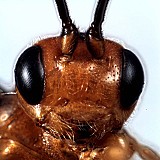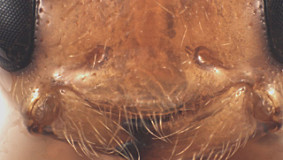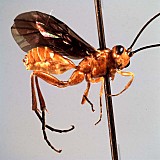This page was assembled by Bob Wharton and Kira Zhaurova, and is part of a revision of the genus
Physotarsus (Zhaurova and Wharton 2009). Material examined for this revision was borrowed from the Academy of Natural Sciences, Philadelphia, the American Entomological Institute, Gainesville (
AEIC), The Natural History Museum, London, the U. S. National Museum of Natural History, Washington, D. C., and INBio, Costa Rica. We are particularly grateful to David Wahl for the extended loan of the specimens listed above, as well as to Matt Yoder for the electronic interface and to Heather Cummins and Mika Cameron for assistance with literature and figures. We would also like to acknowledge the kind assistance of Ian Gauld, David Wahl, Andrew Bennett, and Gavin Broad for information exchange about ichneumonids during the course of this work. Our use of PURLs (http://purl.oclc.org) for the web interface follows the example of their use in publications by Norm Johnson. The work was conducted at Texas A&M University and supported by
NSF/
PEET grant no.
DEB 0328922 and associated
REU supplement # 0723663. Page last updated October 2010.
This material is based upon work supported by the National Science Foundation under Grant Number DEB 0328922 with REU supplement DEB 0723663.
Any opinions, findings, and conclusions or recommendations expressed in this material are those of the author(s) and do not necessarily reflect the views of the National Science Foundation.




